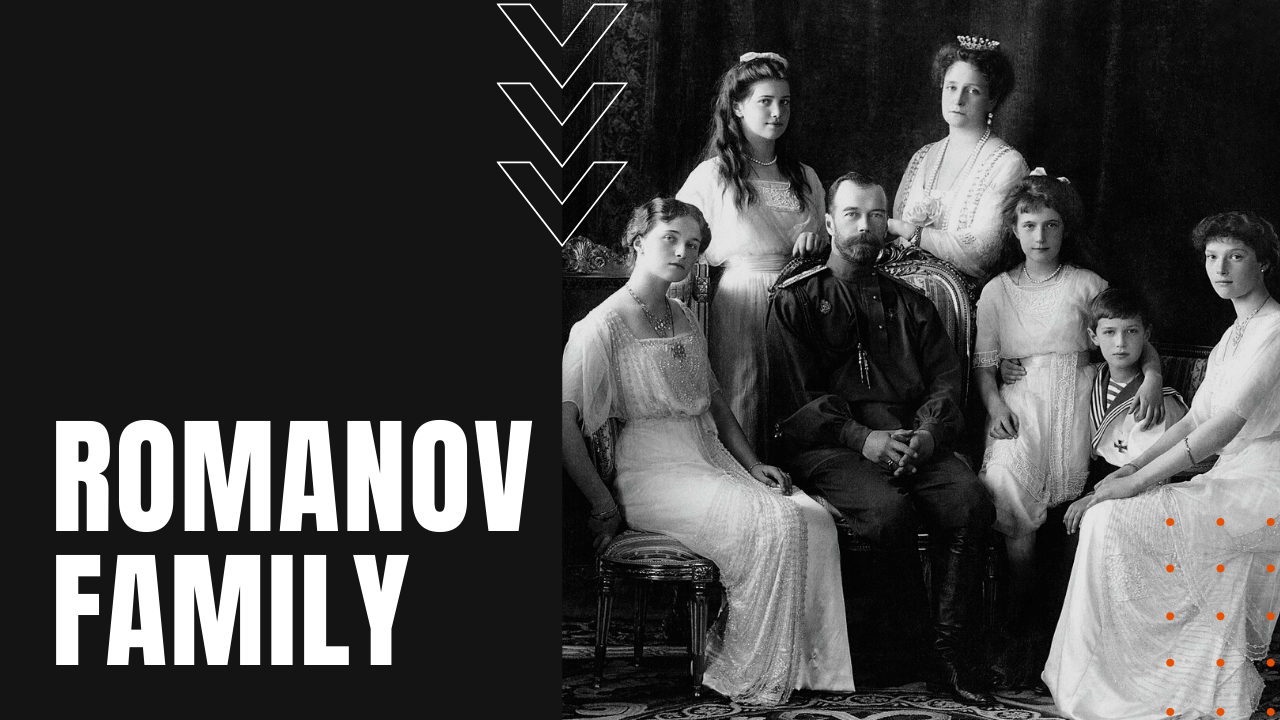The Romanov Family: Russia’s Aristocratic Ruling Lineage

During sixteenth and seventeenth century Russia, the aristocratic Romanov family led the country through times of war and peace, beginning with Mikhail Romanov in 1613, who took the name Michael the 1st following the medieval Rurik Dynasty.
Peter The Great
His grandson, Peter the Great, who took the throne in 1682, transformed Russia from a landlocked state into a land-grabbing world power through wars against the Ottoman Empire and the Empire of Sweden. Peter the Great would go on to declare himself emperor of the newly-formed Russian Empire in 1721, a position he held until his death in 1725.
Catherine The Great
Another standout Romanov was Catherine the Great, who ruled from 1762 to 1796, where her balanced reign grew the Russian Empire in both size and strength, paving the way for what historians now call the Golden Age of the Russian Empire.
Catherine also proved to be a sophisticated patron of the arts, sending Soviets or Advisors throughout Europe, acquiring an immense collection of art that is now housed in the State Hermitage Museum in St. Petersburg, which today holds rank as the second-largest museum in the world behind the Louvre.
Alexander I
When Napoleon Bonaparte led a massive army assault on Moscow in 1812, another Romanov standout was Alexander the 1st, who adroitly ordered all troops, civilians and supplies out of the city before Napoleon’s 36-day occupation and burning of Moscow. Finding the city abandoned and equally stripped of life-sustaining supplies, the French leader was forced into what would become a brutal winter retreat back toward France, losing 500,000 of his original 600,000-man army during a frozen, disease-riddled retreat from Russia.
Czar Nicholas II
The last Romanov to rule Russia was the severely inept Czar Nicholas the 2nd, who ruled from 1894 until his forced abdication in March of 1917. His poor management of the Russo-Japanese War of 1904 to 1905 combined with a subsequent Russian workers uprising known as Bloody Sunday, followed ten years later by Russia’s crushing losses during the First World War.
His downfall came in 1917, when moderate Russians joined forces with radical Bolshevik revolutionaries led by Vladimir Lenin, ending more than 300 years of Romanov rule when Nicholas the 2nd abdicated the throne.
Execution of the Romanov Family
Czar Nicholas II and his family were sent to Siberia under house arrest, until the evening of July 16th, 1918, when the family was ordered to dress and go to the cellar of their home under the guise of a family photograph. Instead, they were executed by a Bolshevik firing squad, forever ending the prospects of a Romanov family comeback.
